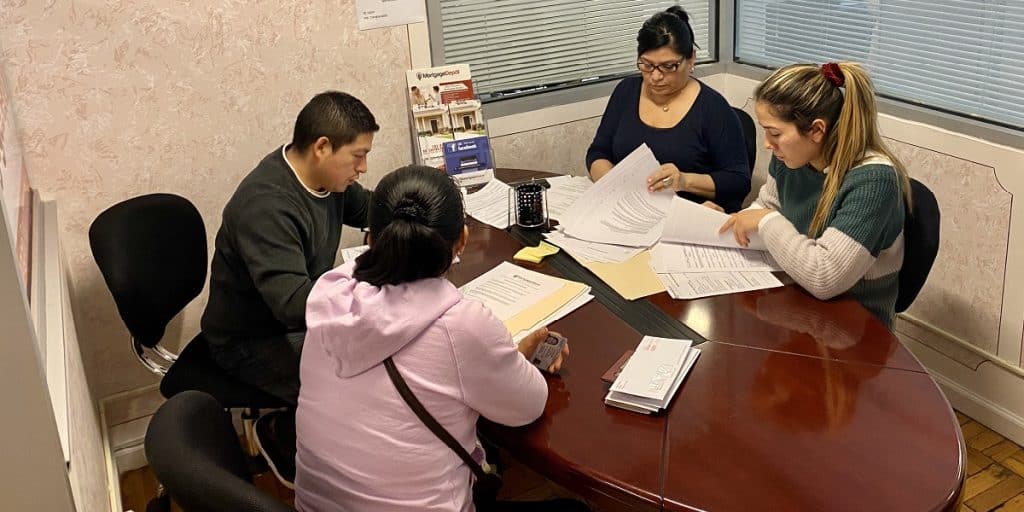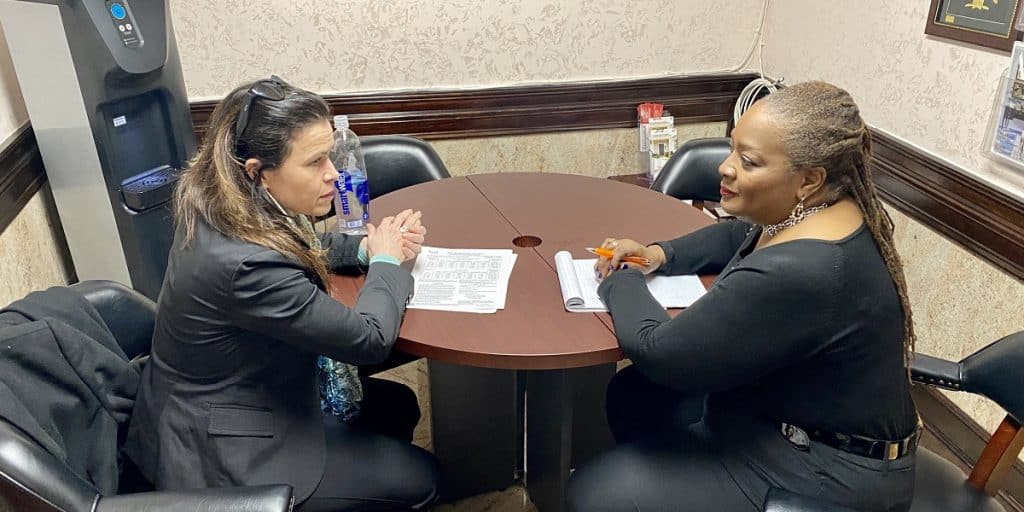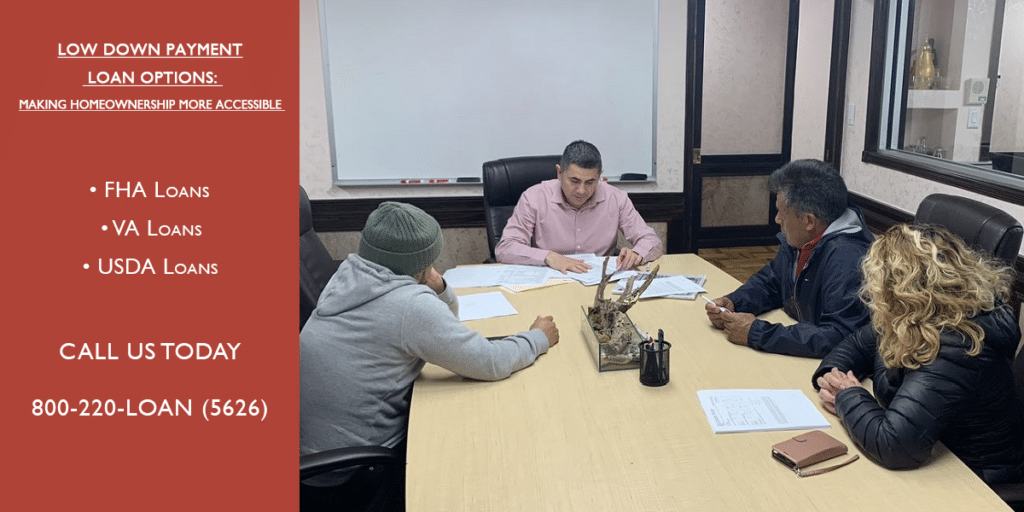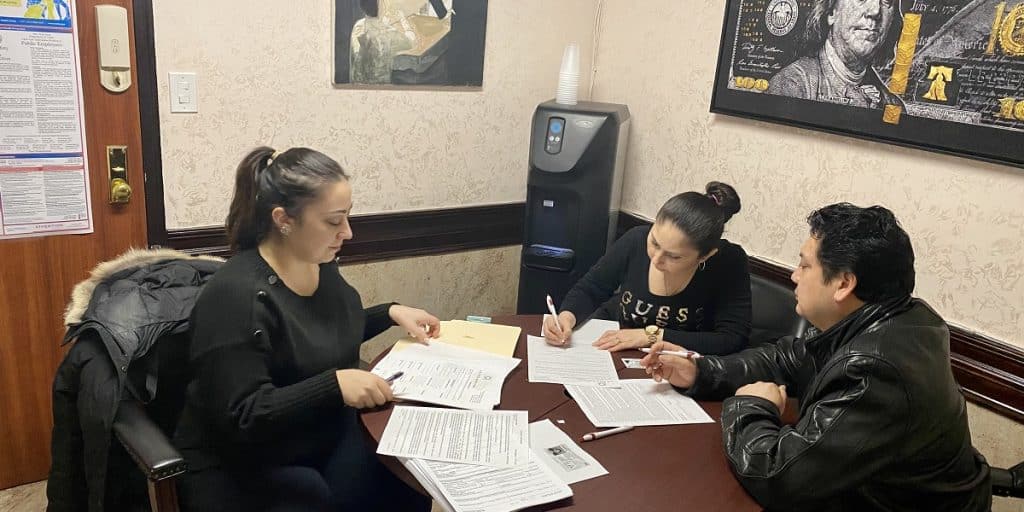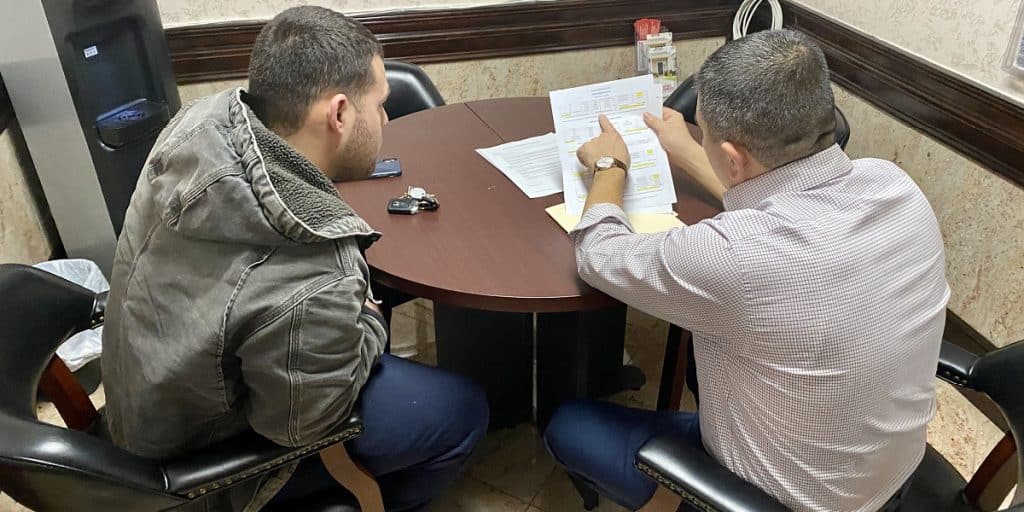
Right now MortgageDepot’s lending partner United Wholesale Mortgage (UWM) has announced 2.5 percent interest rates for 30-year fixed purchase mortgages and refinances. “Purchasing has been delayed since the pandemic, so we thought the best way to help people right now is to give them more purchasing power,” says
Mat Ishbia, CEO of United Wholesale Mortgage.
As one of the largest wholesale lender mortgage lenders in the country, United Wholesale Mortgage is working directly with MortgageDepot to pass those rates onto our customers. Consumers can’t apply for a home loan directly from them. Our Mortgage Loan Originators are here to do that for you.
The demand for home mortgage refinancing is so hot that refinances will hit the $1.5 trillion mark in 2020, 51 percent higher than last year, according to a forecast from the Mortgage Bankers Association (MBA). These are staggering numbers considering that the GDP dwindled by 4.8 percent in the first quarter of 2020 and may decline by double digits for the year due to the pandemic.
Consumers should be aware that lenders will additional fees to that low 2.5 percent interest rate, so expect that the APR will be higher. Experts advise that you get all the costs in writing so you know exactly how expensive the loan will be. In Bankrate’s weekly rate survey, the average lender nationwide is charging 3.56 percent, and that includes 30 basis points of discount and origination fees.
In addition to fees, please note that not all borrowers will qualify for these ultra-low rates. Lenders will offer the lowest interest rates to borrowers with high credit scores (in the mid 700s and above) and with low loan-to-value ratios, which you can calculate here.
Two important things can borrowers do to snag a sub-3 percent rate
1. Shop around (Make sure the fees don’t outweigh the savings)
2. Raise your credit score/Lower your DTI
Shop around
Armed with ultra-low interest rates, independent lenders are poised to compete for the hoards of refinancers ready to swap their existing mortgage for a cheaper one.
This gives borrowers a sweet advantage. If you have a solid credit score, a low debt-to-income ratio and at least 20 percent equity in your home (you can have less, but you might face higher rates), then you’re in a good position to get the best mortgage rate available out there. Comparison-shopping means that you shouldn’t settle for the first lender that quotes you a rate. Unless that rate is in the 2s with very low closing costs, that’s why it pays to comparison shop with a Mortgage Loan Originator at MortgageDepot.
Be sure to look at closing costs, as well as interest rates, when you’re weighing lenders as some charge steeper fees than others. Closing costs usually include insurance, escrow and title fees; credit reporting costs, appraisal fees, points (these are optional and can be bought to lower the interest rate) and lender fees. The all-in cost of your loan, which comprises both interest rate and closing costs, is called the APR. You can learn more about the difference between APR and interest rate here.
Closing costs can vary widely by lender. Some lenders who have extremely low rates may have higher than average closing costs, so you’ll want to factor that into your decision-making process. Typically, we see closing costs in the neighborhood of 2 to 4 percent [of the total loan amount], so that can be a good starting point when comparing to other lenders.
Raise your credit score
Before you dive in and spend a lot of time applying for a mortgage refinance, make sure your credit score is in tiptop fighting shape. Only the top scores will get the best rates. Experts advise borrowers to aim for a FICO score in the mid- to high-700s. Credit scores above 800 are considered excellent.
Credit requirements typically vary by lenders and can even change from week to week. Lenders are deciding that their criteria for borrowers are based on current needs and risk tolerance, so it’s important to get the latest information. Ask lots of questions before you apply. Find out what the required credit score is to get their lowest rate. If you don’t meet the credit profile of a 2.5 percent interest rate, then the question is ‘what do I actually qualify for?’ Maybe you don’t qualify for the lowest rate, but you can get the next-best rate.
If your credit score needs some work, the good news is that rates are expected to stay low for a while, so you have some time to improve your score, depending on what your debt obligations are. High credit card debt can be fixed faster than a bankruptcy, for example. With debt, you can pay it down (if your finances permit), resulting in a higher score in as soon as a few weeks, or in a couple of months; this hinges on how quickly creditors report your payment history to the three credit bureaus, but in the case of a bankruptcy, only time can heal that negative event on your FICO score.
Contact one of our loan consultants to learn more.
Have questions or need help?
Call us now at 800-220-LOAN
Request a call back or email us your questions!



